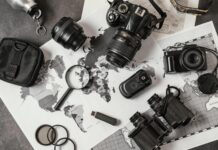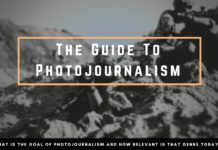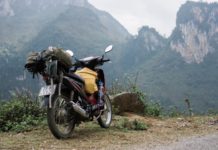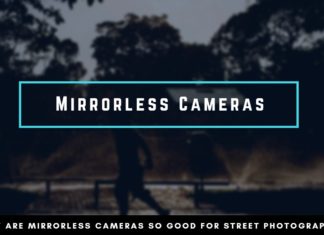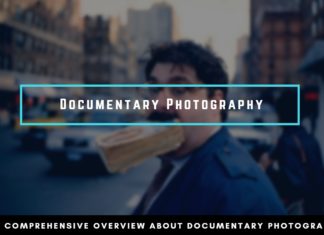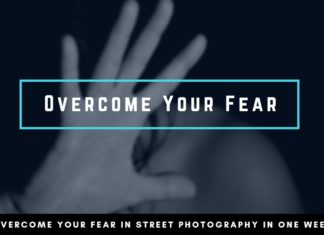1Photographer of the Week
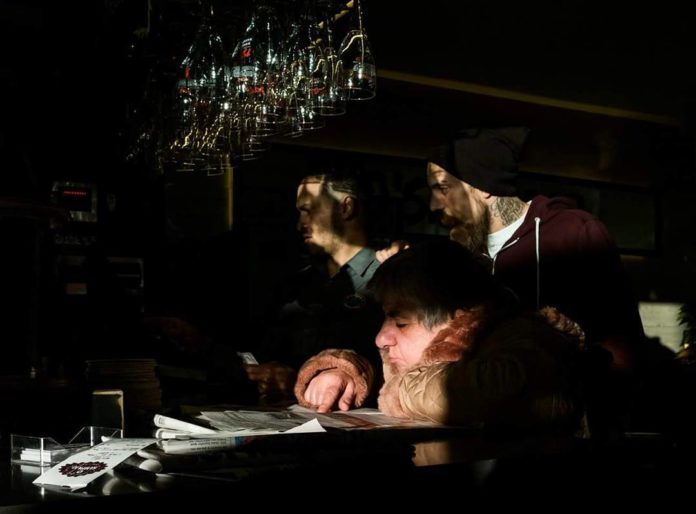
Andrea Ratto | Website
Also have a look at his Kickstarter Campaign and support his Photography Book a titled “Europe”
Description
Last year, I walked the streets of 26 European countries with my camera in a fully independent journey, taking about 85,000 photos.
At first sight, this may seem insane, but actually, it was just my personal attempt to the answer to two primary questions that I have been asking myself in the light of the current economic, political and social evolution we are facing:
Does the European society exist as a whole? And if it does, how does it work?

2Lessons in the street philosophy of Garry Winogrand

I photograph something to find out what it will look like photographed,” American street photographer Garry Winogrand (1928-1984) famously said, revealing the fundamental principle of his philosophy. Through his lens, life was rendered anew, giving us a fresh perspective and vantage point for seeing the world.
“The more interested you get in Winogrand the more eager you are to see stuff you have not seen,” British writer Geoff Dyer reveals about the hunger that drove him to create The Street Philosophy of Garry Winogrand (University of Texas Press), a luxurious meditation on the many ways in which the photographer’s remarkable images work.
3Street Photography: Five Tips from Joel Meyerowitz

Alongside a preview of his new book, ‘Joel Meyerowitz: Where I Find Myself’, the photographer gives us a masterclass in the medium
4Own limited-edition Dougie Wallace prints: Hens and Harrodsburg via Shoreditch

Dougie Wallace is internationally renowned for his social documentary projects and direct style of expressive street photography. Here are a selection of images from his books Stags, Hens and Bunnies, a Blackpool Story; Road Wallah; Shoreditch Wild Life; Harrodsburg; and his latest, Well Heeled
5Dr. King’s Complex Relationship With the Camera

The images of the Rev. Dr. Martin Luther King Jr. delivering his “I Have a Dream” speech before a spellbound crowd on the National Mall in August 1963 are etched into history — and the American consciousness — as the defining moment in the struggle for civil rights.
But that reading distorts the movement’s complex history, reinforcing the perception of Dr. King as an almost divine leader who was solely responsible for healing the nation’s troubled race relations. Historical images frame our understanding of history, and photographs defined Dr. King in the public imagination, for better or worse. His enemies manipulated photos or gave false captions to discredit him, from accusing him of communist ties to purporting that he encouraged violence during peaceful demonstrations.
6Only Women and Children Live in This War-Torn Village

In Colombia’s mountainous northwest, three hours’ walk from the closest town over paths haunted by guerrillas, lies the village of La Puria. It’s home to around a hundred indigenous Emberá Katío people. In their language, ẽberá can mean human being, indigenous person, or man.
Colombia’s decades-long civil war has eroded La Puria. Some men were recruited by the Revolutionary Armed Forces of Colombia (FARC) or the National Liberation Army (ELN), the country’s two largest leftist guerrilla groups. Others were victims of the conflict, as both guerrillas and right-wing paramilitaries made use of violent tactics—including kidnapping, setting land mines, and drug trafficking.
Full Story
